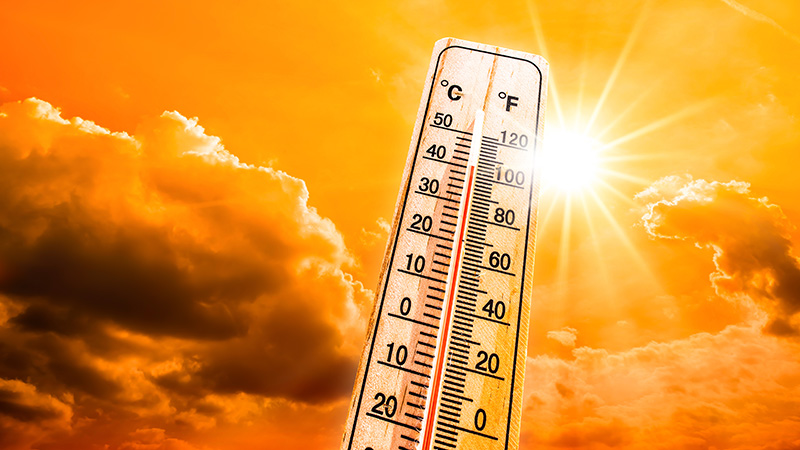
As climate change continues to alter weather patterns worldwide, the impact on daily life becomes increasingly pronounced. In early 2024, many regions experienced a significant rise in temperatures, leading to an unusual and intense heat wave, particularly affecting areas near the savannah. This extended period of extreme heat has widespread effects, from health issues to disruptions in food production.
Heat waves are defined as prolonged periods of abnormally high temperatures. The consequences can be severe, including increased incidence of heat-related illnesses and strain on resources such as water and energy. Addressing these challenges requires practical and cost-effective strategies to help individuals and communities cope with the heat.
One essential measure is staying hydrated. Health experts advise drinking water regularly, even before feeling thirsty, particularly during outdoor activities. Individuals are encouraged to carry water bottles, and utility companies like the National Water and Sewerage Corporation (NWSC) can play a crucial role by establishing drinking water points in public spaces such as cities, trading centers, hospitals, and schools.
Maintaining skin hydration is another effective way to manage heat. Applying a damp sponge to the body or using a spray bottle can help keep the skin cool. This simple method is accessible to most people and creates opportunities for cosmetic and bottling companies to provide useful products.
Using air conditioning or fans, along with wearing light and loose clothing, can significantly enhance comfort during heat waves. These solutions are particularly beneficial for those sensitive to heat or prone to heat rash. Consequently, manufacturers of cooling appliances and lightweight clothing stand to benefit during hot seasons.
Property owners can also adopt organic solutions to mitigate high temperatures. Construction engineers and landscaping companies recommend growing potted plants and creepers on roofs to reduce indoor temperatures. Vegetation provides a natural cooling effect through shading and evapotranspiration, making it an eco-friendly option.
In regions experiencing extreme heat, innovative building techniques are being employed. Painting roofs with reflective colors that do not absorb heat is a simple yet effective method to keep buildings cooler. This strategy helps reduce indoor temperatures without significant energy consumption.
Furthermore, utility companies, in partnership with local authorities, can set up public bathing spots or showers to offer temporary relief from the scorching sun. These installations provide a low-carbon solution that is accessible to everyone, including the most vulnerable populations.
As we continue to face increasingly frequent and intense heat waves, implementing these practical and affordable measures can help communities adapt to the changing climate. By staying hydrated, utilizing cooling methods, and embracing sustainable building practices, we can mitigate the impact of extreme heat and ensure a healthier and more comfortable environment for all.


